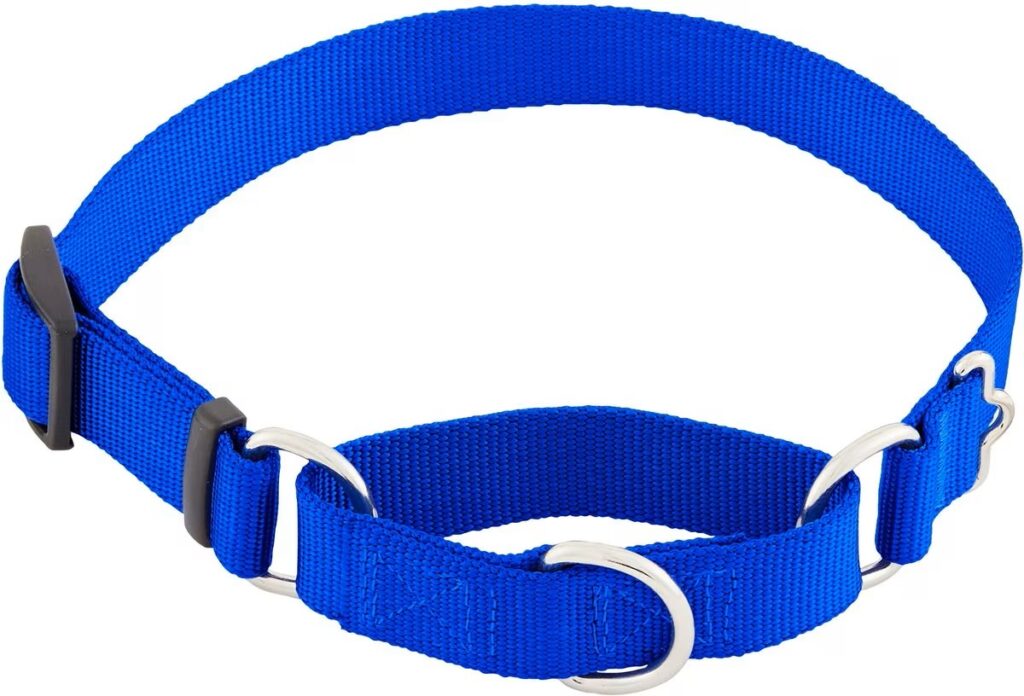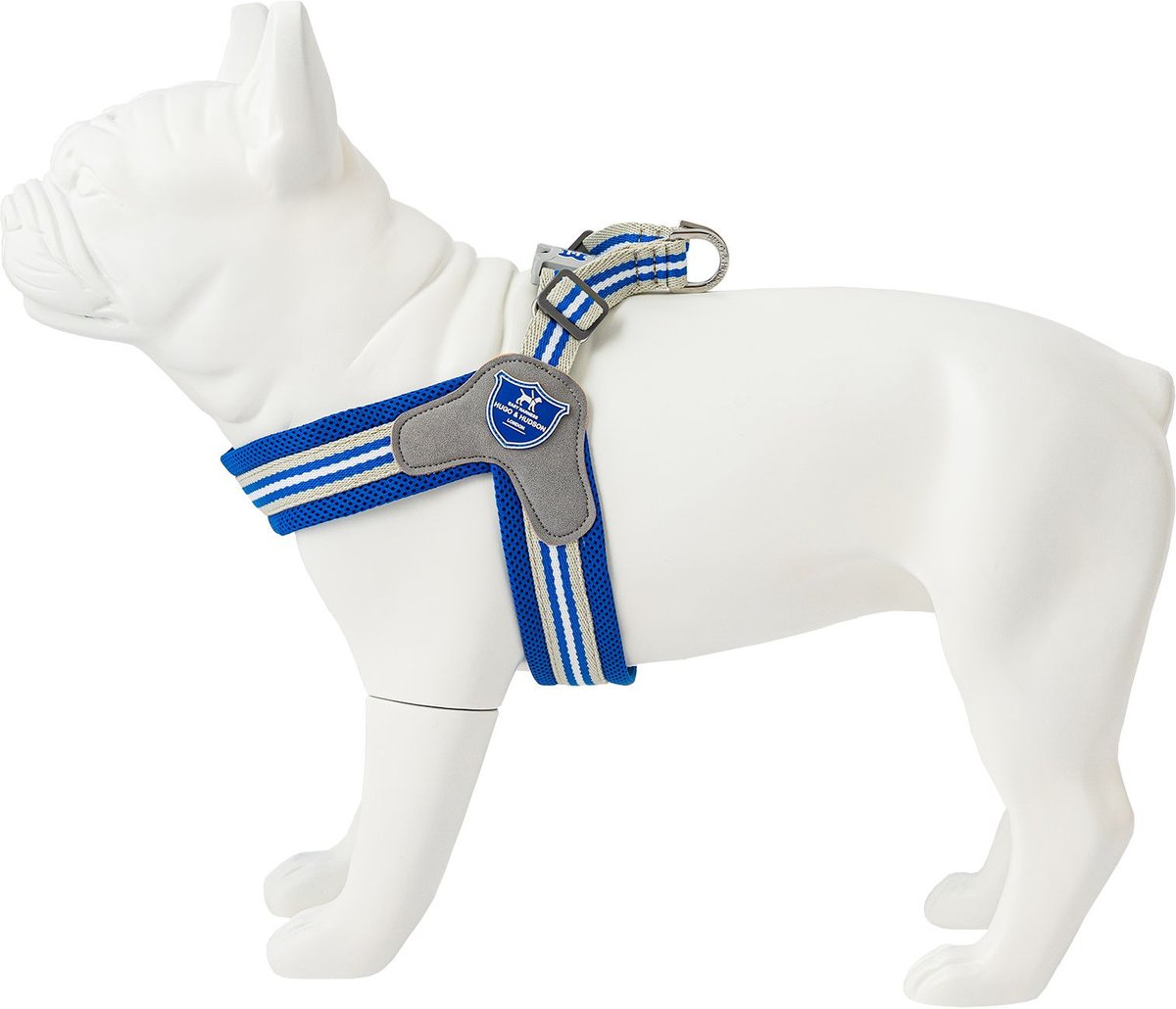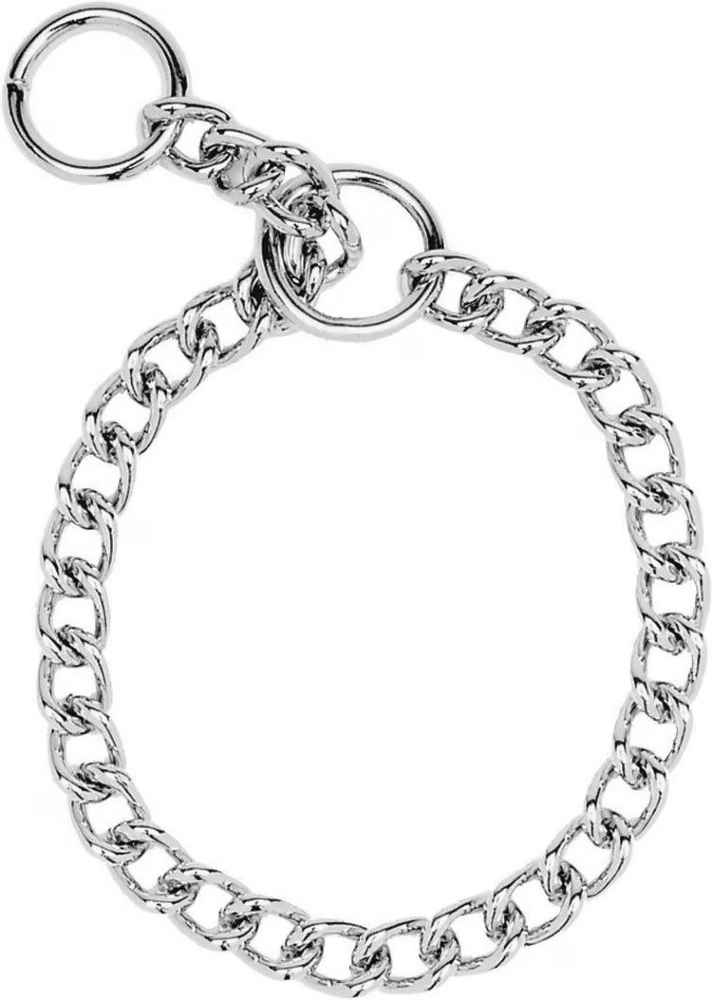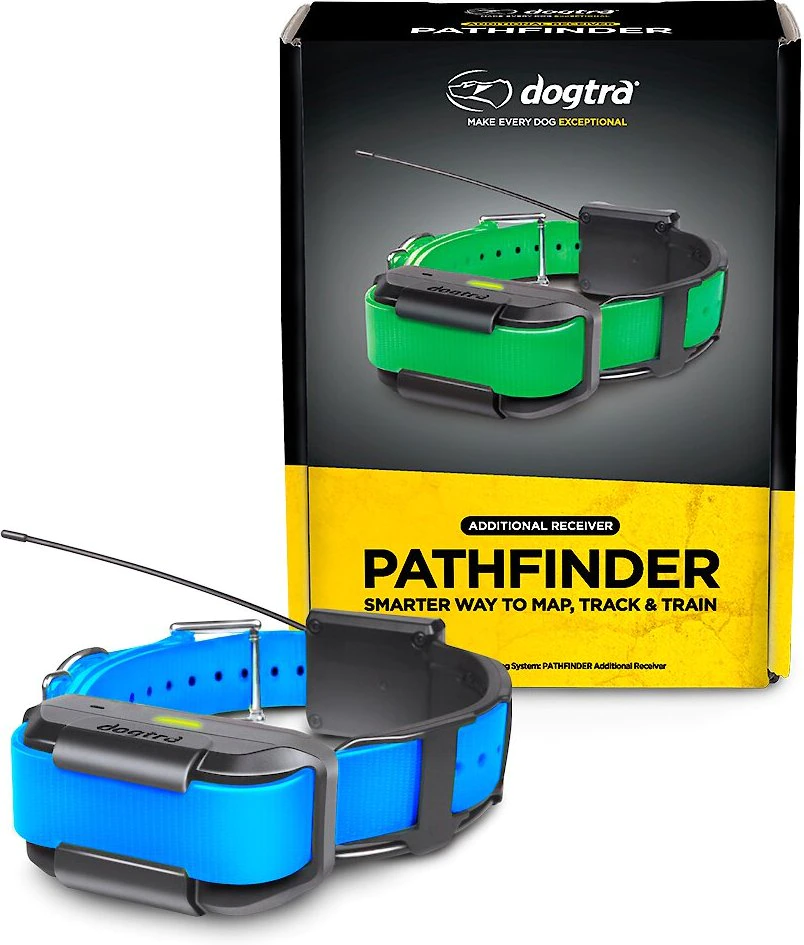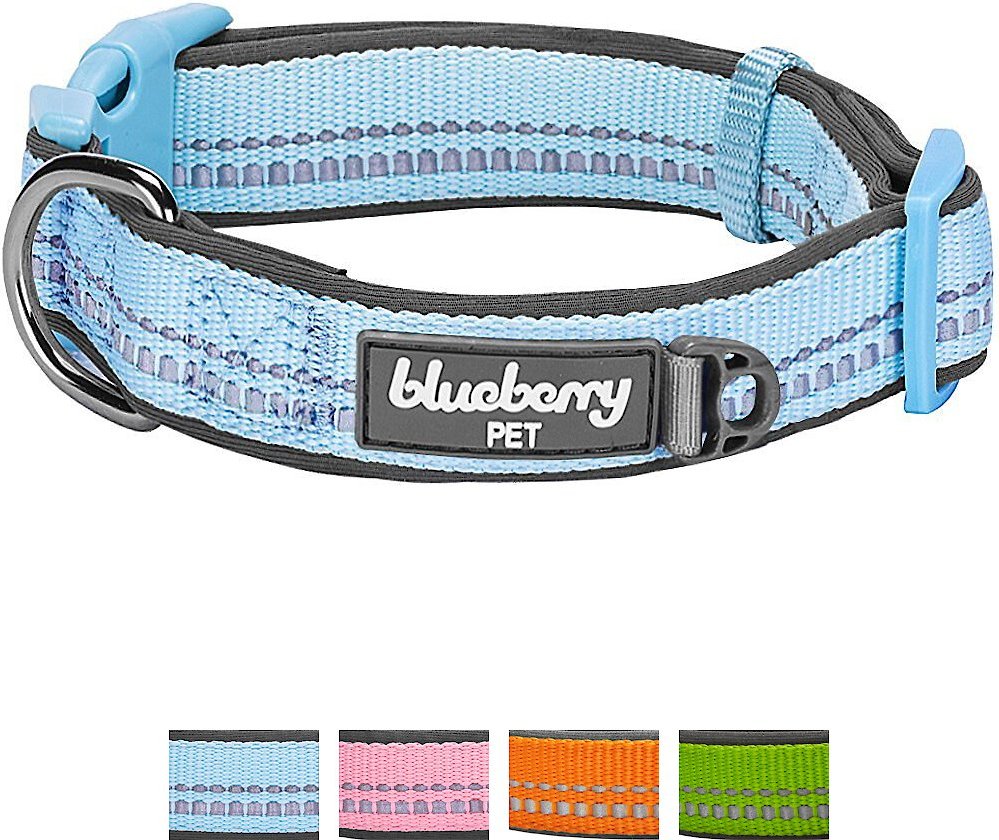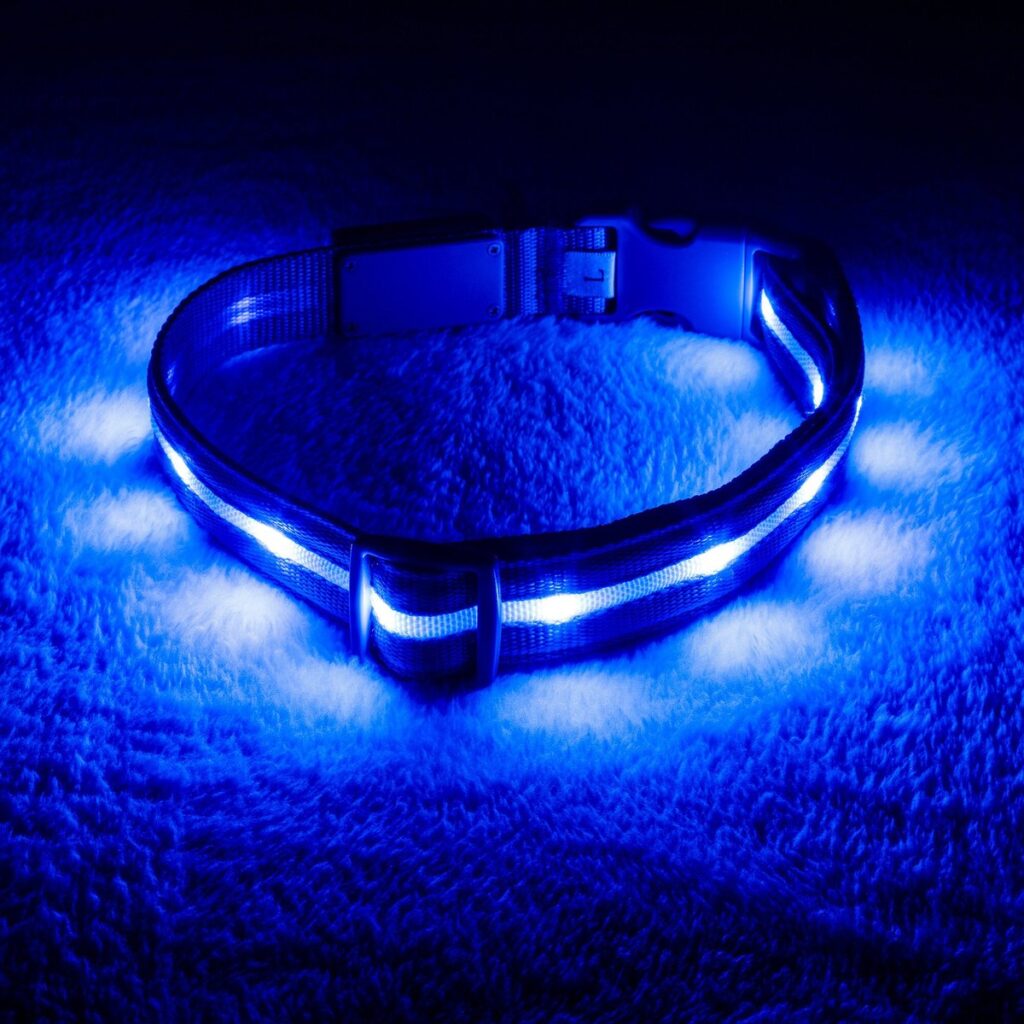The Most Popular Dog Collars: A Guide to Choosing the Right Collar for Your Pet
Dog collars are an essential accessory for any pet owner. The correct collar can make or break your training and exercise routines. Not only do they provide a way to identify your pet and ensure their safety, but they also serve as a fashion statement. However, choosing the right one can take time and effort with many available options. This article will discuss some of the most popular dog collars and their features.
1. Flat Collars
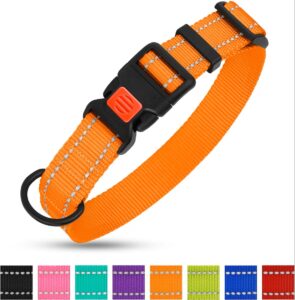
Flat Collars are the most common type of dog collar. They are made of various materials such as nylon, leather, or cotton and have a buckle or snap closure. These collars are adjustable; you can fit them snugly around your dog’s neck. They come in different colors and designs, making them a popular choice for pet owners who want a simple and stylish option. Flat collars are perfect for dogs that do not pull or have respiratory issues. They are also suitable for well-behaved dogs and do not require additional training.
2. Martingale Collars
Martingale Collars are also known as limited-slip collars. They are designed to prevent dogs from slipping out of their collars when pulling or tugging. These collars have a small loop that tightens when the dog pulls, but they will not choke it. Martingale collars are an excellent option for dogs with slim necks, such as Greyhounds and Whippets. They are also ideal for dogs that pull or slip out of their collars. However, they should not be used for dogs with respiratory problems or habitually pulling excessively.
3. Head Collars
Headcollars, also known as head halters, are designed to give you more control over your dog’s head and neck. They are made of soft nylon material and have a padded nose loop that fits over your dog’s muzzle. The leash attaches to the back of the collar, and when your dog pulls, it will turn its head back towards you. Head collars are an excellent option for dogs that tend to draw on the leash or have a habit of jumping on people. They are also helpful for dogs that tend to bark excessively. However, it is essential to introduce the head collar gradually and use positive reinforcement to ensure your dog is comfortable wearing it.
4. Harnesses
Harnesses are a popular alternative to traditional collars. They are designed to distribute pressure evenly across your dog’s chest and back, making them a comfortable option for dogs that pull on the leash. Harnesses come in different styles, such as front-clip and back-clip harnesses. Front-clip harnesses have a leash attachment at the front of the chest, which helps to redirect your dog’s attention toward you. Back-clip harnesses have a leash attachment at the back of the collar, perfect for dogs not pulling on the leash. Harnesses are also an excellent option for dogs with respiratory issues or neck injuries.
5. Choke Chains
Choke Chains, also known as slip collars, are controversial and not recommended by many dog trainers and veterinarians. They are made of metal and have a sliding ring that tightens when the leash is pulled. Choke chains are designed to give the handler more control over the dog, but they can be dangerous if misused. They can cause severe injuries to your dog’s neck and trachea. They should only be used under the guidance of a professional dog trainer.
6. Prong Collars
Pring Collars, also known as pinch collars, are like choke chains, but metal prongs dig into the dog’s neck when the leash is pulled. Like choke chains, many dog trainers and veterinarians do not recommend them. This is because they can cause severe injuries to your dog’s neck, and their use should be restricted to only the most extreme cases under the guidance of a professional trainer.
7. GPS Collars
GPS Collars are an innovative option that allows you to track your dog’s location in real time. These collars have a GPS tracking device that sends the dog’s location to an app on your phone. GPS collars are an excellent option for pet owners with dogs that tend to wander off or get lost. They are also helpful for dogs frequently taking on hikes or outdoor activities. However, GPS collars require a subscription to a service provider, and they can be expensive compared to traditional collars.
8. Reflective Collars
Reflective Collars are designed to increase your dog’s visibility in low-light conditions. These collars have reflective material sewn into the collar, which reflects light from car headlights and streetlights. Reflective collars are an excellent option for pet owners that walk their dogs early in the morning or late at night. They are also helpful for dogs that are taken on hikes or outdoor activities in low-light conditions.
9. LED Collars
LED Collars are another innovative option that increases your dog’s visibility in low-light conditions. These collars have LED lights that can be set to different colors and patterns, making them a fun and stylish option. LED collars are also rechargeable and can last up to 6 hours on a single charge. They are an excellent option for pet owners who walk their dogs early or late at night. However, ensuring that the LED collar is comfortable and does not cause irritation or discomfort to your dog’s skin is essential.
To recap, choosing the suitable collar for your dog depends on various factors, such as your dog’s behavior, size, and activities. Selecting a collar that fits your dog comfortably and does not cause any irritation or discomfort is essential. Traditional collars, such as flat collars and martingale collars, are excellent options for well-behaved dogs without additional training. Harnesses are a popular alternative to standard collars. They are suitable for dogs that pull on the leash or have respiratory issues. It is essential to avoid controversial collars, such as choke chains and prong collars, as they can cause serious injuries to your dog’s neck. Innovative options, such as GPS collars, reflective collars, and LED collars, are excellent options for pet owners that want to ensure their dog’s safety and visibility in low-light conditions. Whatever collar you choose, make sure that it fits your dog comfortably and securely, and use positive reinforcement to ensure your dog is comfortable wearing it.

